BEEE || Basic Electronics and Electrical Engineering ||
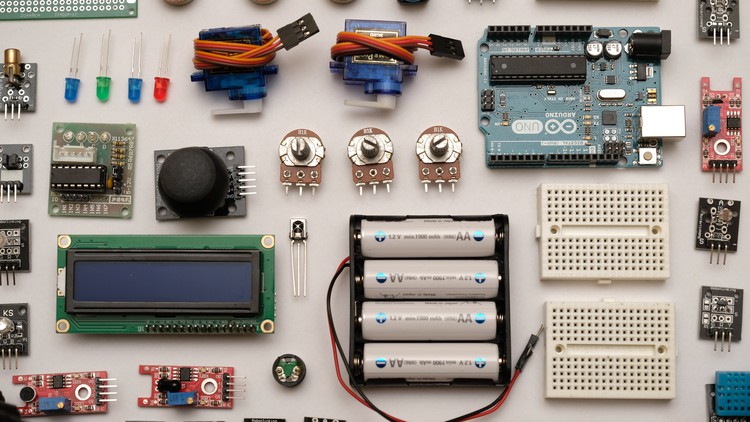
Why take this course?
🎓 Course Title: BEEE || Basic Electronics and Electrical Engineering
Course Headline: Introduction to Basic Electronics and Electrical Engineering
Embark on a fascinating journey into the world of currents, voltages, and electronic marvels with our comprehensive course, BEEE - Basic Electronics and Electrical Engineering. This course will unravel the mysteries behind the invention of the vacuum diode by J.A. Fleming in 1897 and how Lee De Forest's vacuum triode revolutionized the world by amplifying electrical signals, leading to the development of tetrode and pentode tubes that were pivotal during World War II.
Course Description:
Electronics is a captivating domain within the broader field of electrical engineering. Unlike its electrical counterpart, electronic circuits possess the extraordinary capability to make decisions and process information. While electrical circuits are limited to simply moving electricity through machines, electronic circuits open up a world of possibilities, enabling everything from simple calculators to sophisticated smartphones.
In this course, you'll explore the fundamental differences between electrical and electronic circuits, understand the historical context that led to modern electronics, and dive into the core elements of electronic technology. You'll learn about the basic elements such as current, voltage, resistance, capacitance, and inductance, and how they interact within circuits.
Understanding Electronic Components:
When building electronic circuits, familiarity with a range of basic components is essential. Here's an overview of some key players:
- Microcontrollers serve as the brain in many devices, enabling them to perform tasks based on programmed instructions.
- Transformers are crucial for voltage conversion and ensuring the correct electrical supply.
- Batteries provide the power necessary for portable electronics to function.
- Fuses protect circuits from damage due to excessive current flow.
- Relays are switches that can be controlled by electronic signals, allowing for remote control or automation of systems.
- Switches enable the control of electrical circuits by allowing current flow to be interrupted or established.
- Motors convert electrical energy into mechanical motion, driving a wide range of devices.
- Circuit Breakers offer a safe way to interrupt electric current flow after a fault, preventing damage and ensuring safety.
Electronic Systems Explained:
A simple electronic system can be thought of as an input device that receives a signal, a process which transforms the signal, and an output device that transmits the altered signal. The input variable to the system and the output variable from the system are both signals that carry information. Throughout this course, you will learn to represent electronic systems in various ways:
- Mathematically, using equations and mathematical models to describe circuit behavior.
- Descriptively, through textual explanations that convey the function of components and their interplay.
- Pictorially, with diagrams that visually depict circuits and their operation.
- Schematically, with schematic representations that provide a clear overview of circuit design.
Join our course today and unlock the door to understanding the fundamentals of electronics and electrical engineering. Whether you're a hobbyist, student, or professional, this course will equip you with the knowledge to excel in the field of electronics, where innovation continues to shape our world. 🚀📚
Enroll now and start your journey into the fascinating realm of Basic Electronics and Electrical Engineering!
Course Gallery
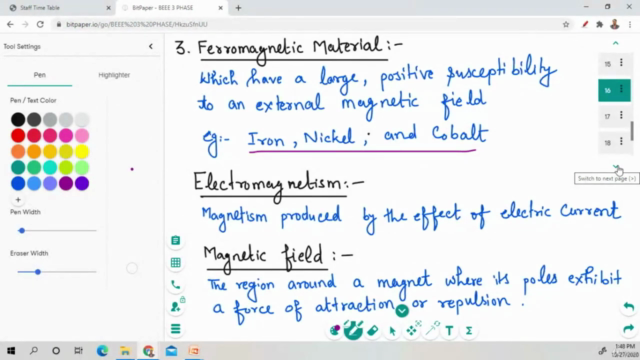
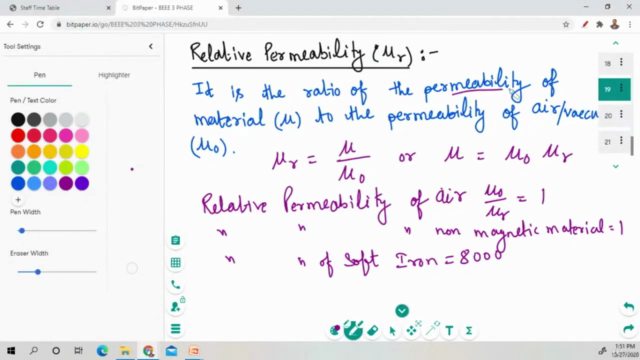
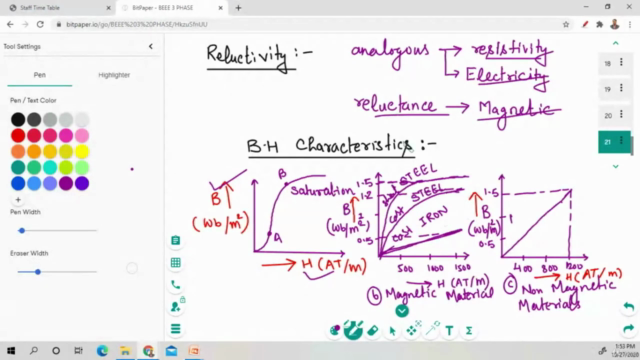
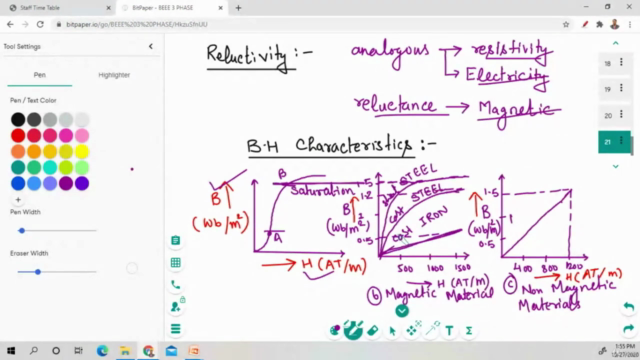
Loading charts...